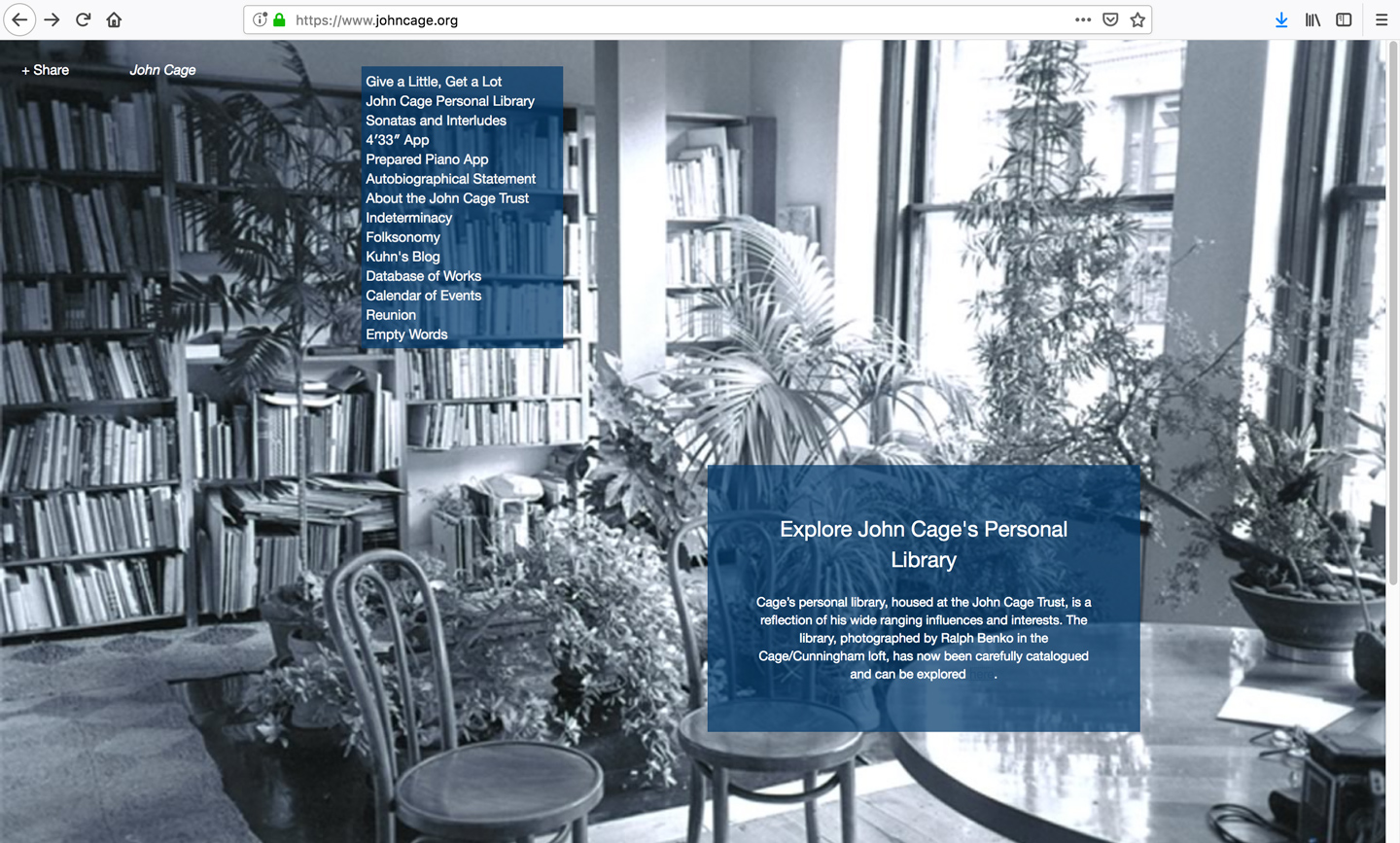It would be impossible to speak of the avant-garde in contemporary art and music without mentioning John Cage, an American theorist and composer who died in 1992 and whose work represents a milestone in the history of music and is a constant source of inspiration.
After encountering oriental cultures at the beginning of the 1950s, Cage carried out tireless research in sound and rhythm, focusing his attention on developing a meditation on emptiness: a mental and philosophical exercise around which the concept of music itself was redesigned.
This is how Cage came to create his most representative work in 1952: 4’33’’. This is a silent performance which lasts 273 seconds and consists of inaction. This is a kind of primordial cosmic ‘zero’, a sound space which is empty in appearance but actually enables a mental experience through the act of listening to the hidden sounds of a person’s own body and surrounding space – a symphony that is self-determined as a result of the absence of human action.
The poetics of the Dada movement appears to hover over this ironic and provocative ‘discovery’, destined to create a loud commentary and an infinite echo.
Today this work by Cage has found its ordered place at the John Cage Trust. This non-profit organisation acts both as a promoting body for the artist and his work, and as an archive for the material produced and owned by Cage. This is not only a material heritage, consisting for example of books and records kept in his loft but, above all, an intangible heritage which can be accessed online. It is, therefore, possible to become acquainted with Cage’s compositions, which have been properly classified, listen to his recordings and experiments, and access his private library catalogue.

The urgency to conserve is evident: as a result of the detailed work of re-ordering Cage’s music heritage and other items, these are now available as online multimedia content, ordered according to metadata through which visitors can explore different, interconnected content.
The opportunity of purchasing the App “Prepared Piano” for mobile devices also provides an enjoyable experience. Through this application users can compose music with sounds taken from the material used by Cage for his Sonatas and Interludes (1946-48) and experiment with the work through a playful, hyper-contemporary approach.

It is clear that the magic unleashed by John Cage over 60 years ago continues to this day. Charmed by the silence Cage triggered, we must once again accept the provocation, strengthen its knowledge, be silent and listen, and make the most of the opportunity provided by the rich archive of the John Cage Trust.
John Cage Trust
images: (cover 1) John Cage – portrait (2) photo via (3) John Cage – App “Prepared Piano”









































